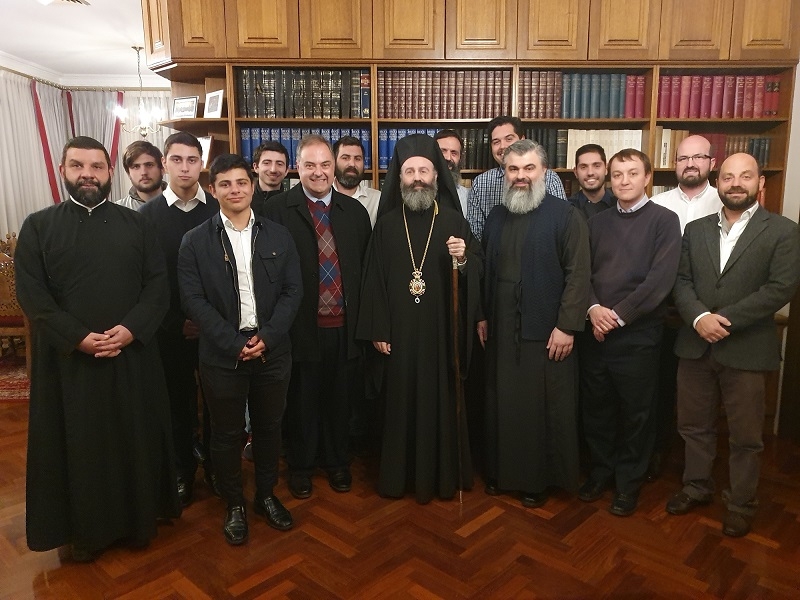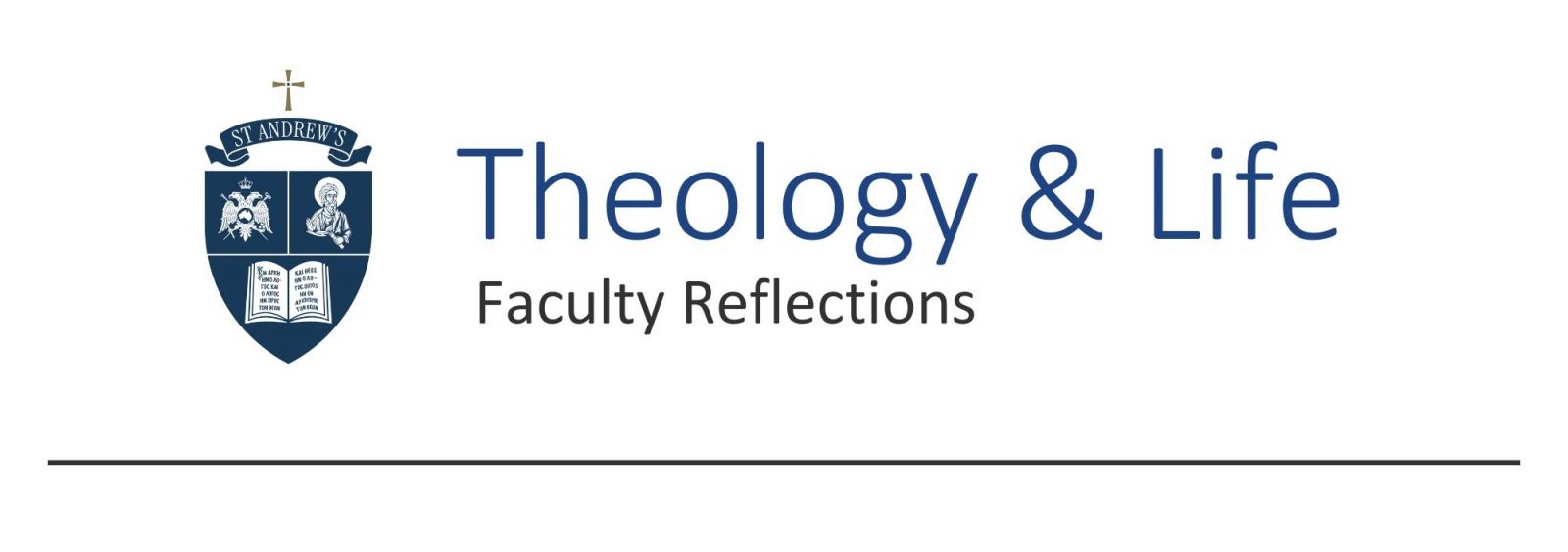- Home
- About us
- Students
- Courses
- Research
- Library
- News & Events
- Gallery
- Contact
- Our Blog
Latest News

H8132A Byzantium: Empire of New Rome
This course unit examines the historical, cultural and theological factors of the Eastern Roman Empire, or Byzantium, generally from the age of St Constantine the Great until the period of the ‘Triumph of Orthodoxy’ (or, from the 4th to 9th centuries), as well as the empire’s relations with its neighbours.
| Unit Code: | H8132A | |
| Unit Name: | Byzantium: Empire of New Rome | |
| Credit Value: | 9 credit points | |
| Mode of Study: | Face to Face/ Synchronous ZOOM and Asynchronous. | |
| Pre-Requisite Units: | 9 cp in Church History |
Background and Context
This course normally follows The History of the Early Church (H7110A). It begins with the aftermath of the Oecumenical Synod of Nicaea and the reign of St Constantine the Great and focuses on the history of the Church when the influence of the great city of Constantinople or Byzantium was at its height. The chronological coverage is from around AD 337 to around AD 886, special attention being given to the historical and theological developments that led to calling of the Oecumenical Synods and the estrangement between East and West leading to the Photian ‘schism’ and ultimately culminating in the Great Schism of 1054. The course will also focus on the major sources for the history of Byzantine ecclesiastical affairs and deal with Church-State relations, the significance of Constantinople as a ‘world city,’ monasticism, and challenges to the Church, both external (e.g. Islam) and internal (e.g. heresies).
Learning Outcomes
At the end of this unit students will be able to:
- analyse the impact of major social, cultural and religious factors within both the Byzantine empire and its immediate cultural context from the 4th to the 9th centuries;
- assess the significance of the contribution of key people and events in the Byzantine Church;
- interpret a range of primary historical documents of the Byzantine church;
- utilise appropriate methods of historiography and historical research in the analysis and evaluation of significant issues in the Byzantine Church;
- apply the key contributions of leading figures and significant events in the Byzantine period to the Church’s ongoing mission.
During this course unit, students may acquire the following threshold concept. This concept is fundamental to a proper understanding of the unit or course. It is essential for further progress in the discipline.
Students need to be able to grasp the concept that history is not just a chronological description of events but involves an interpretive element and a range of methodological approaches. This threshold concept applies to all church history units in the curriculum
Weekly Topics
- From Nicaea (325) to Constantinople (381); The Arian Controversy after Nicaea; the Cappadocian Fathers; the 2nd Oecumenical Synod (381).
- From Old to New Rome: Shifting the Balance of Power at the Dawn of Byzantium
- Church-State Relations in East and West; Case Studies of St Ambrose of Milan and St John Chrysostom
- The Christological Controversies ;St Cyril of Alexandria and Nestorios; 3rd Oecumenical Synod of Ephesus (431); 4 th Synod of Chalcedon (451) and its aftermath.
- St Augustine of Hippo; Life and Works; Donatist Controversy; Pelagius and Celestius; Pelagian Controversy; Semi-Pelagianism.
- The Rise of Monasticism; St Anthony the Great and the Birth of Monasticism; Types of Monasticism; Spread of Monasticism in East and West. The Birth of the Middle Ages Barbarian Invasions and Collapse of the Western Roman Empire; Christianisation of the Goths, Franks, Celts, Britons; Monasticism in the West - St Benedict of Nursia.
- Emperor St Justinian the Great; The Henoticon and the Acacian Schism; the Rise of Justinian; Administration and Conquest; Church of Hagia Sophia; Monophysitism and the 5th Oecumenical Synod (553).
- The Rise of Islam; Mohammed: Life and Teachings; Arab Expansion; Byzantine Response.
- Byzantine Contraction and Decline; Heraclios; St Maximos the Confessor and the Monothelite Controversy; the 6th Oecumenical Synod (680-81); the Quinisext Synod (692).
- The Iconoclastic Controversy; The Isaurian Dynasty; First Phase of the Controversy; Empress St Irene and the 7th Oecumenical Synod (787); St Theodore the Studite and the Moechian Controversy; Second Phase of Iconoclasm; Empress St Theodora and the Triumph of Orthodoxy (843).
- The Return of the West; Rise of the Papacy; the Franks, Charlemagne and the Holy Roman Empire
- - The ‘Photian Schism’; St Ignatios and St Photios; the Filioque Controversy; Sts Cyril and Methodios and the conversion of the Slavs; the ‘8th Oecumenical Synod’ (879-880).


.jpg)





.png)